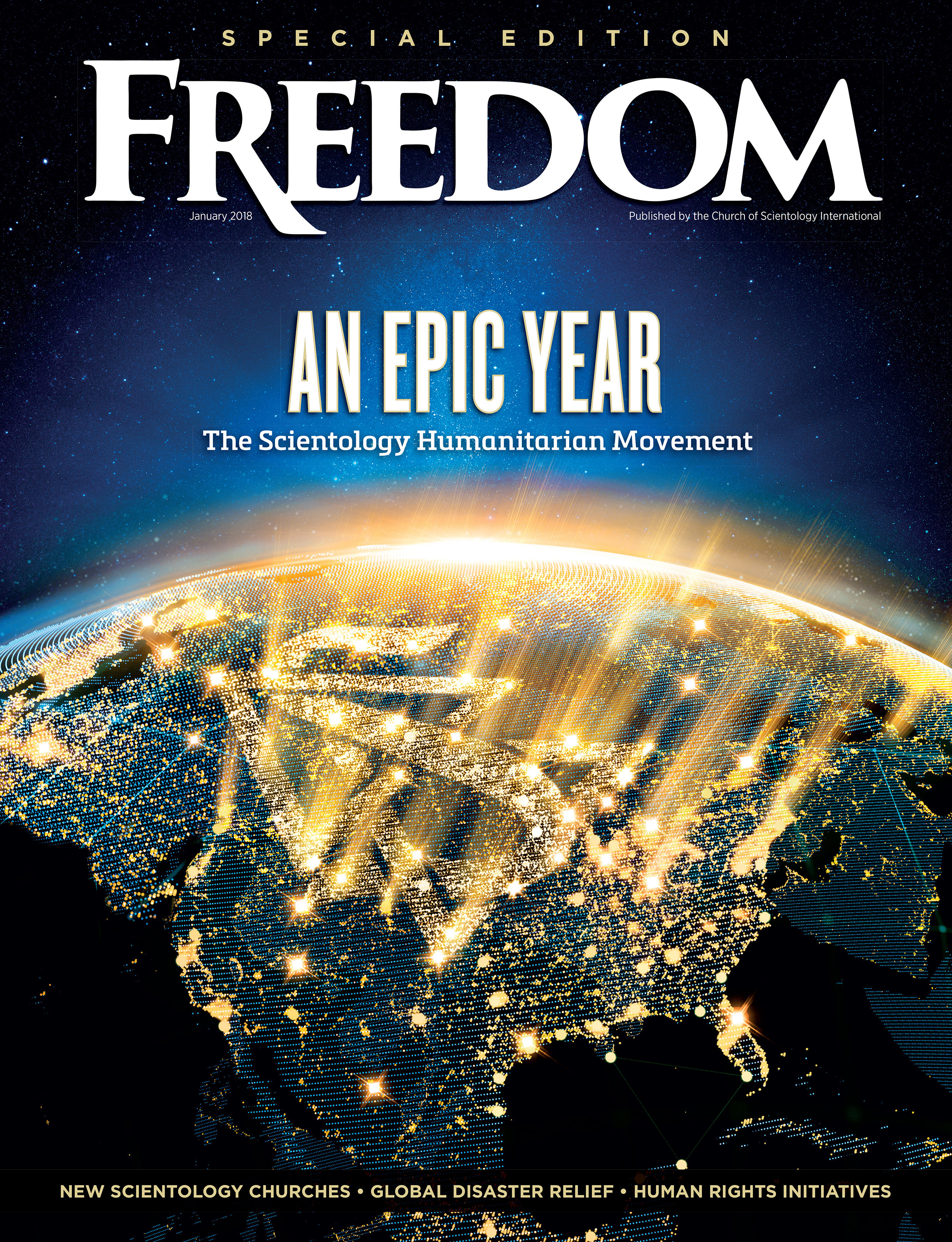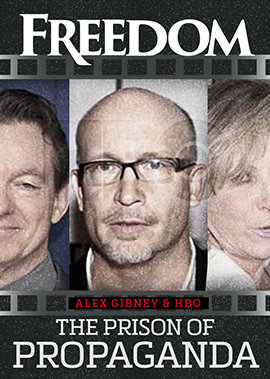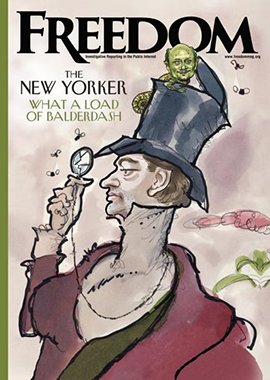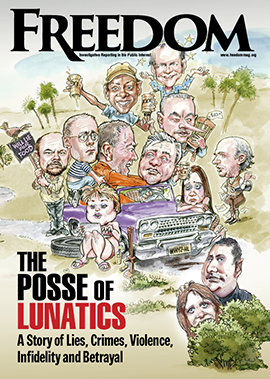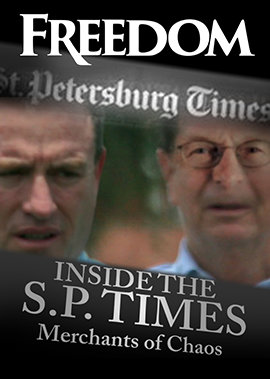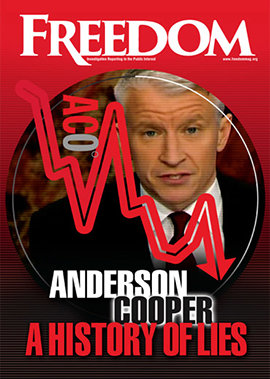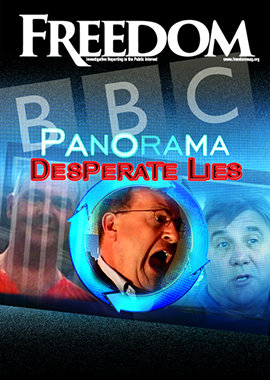The pills are Ecstasy, the deadly “party” drug also known as MDMA, which has cut short the lives of too many children and young adults. As Dr. Tara Shivaji, consultant at Public Health Scotland, said: “It is fair to conclude that the design and branding of MDMA tablets is made with attractiveness to young people in mind.”
It works.
“Pills are too child-friendly.”
At a drum and bass music gig at Dreamland amusement park in Margate, England, last summer, 22 teenagers were hospitalized with drug-related symptoms, including 17-year-old Emily Stokes, who died of an MDMA overdose.
The post-mortem inquest this month revealed that Ms. Stokes’ blood contained a lethal 5,500 micrograms of MDMA per liter, far in excess of the typically fatal level of 1,600.
Does this mean Emily Stokes thought she was taking a smaller, “safer” dose of the drug? Does it mean she didn’t know which drug she was taking? Or does it mean that she didn’t know what she was doing in taking the drug?
Perhaps the better question is: Does it matter?
Trevor Shine, from the drug testing body TicTac, notes that a deadly change has occurred in the manufacturing of the drug over the years. “Some of the tablets now contain quite high levels of MDMA,” he said. “Not all of them do and it is very inconsistent.”
Professor Ian Hamilton, lecturer in addiction at the University of York, also weighed in on the dangers of today’s Ecstasy. “People have been caught out by the strength of some pills that have made it into festivals and music venues,” he said. “Some have contained more than 200 mg. That’s something that would catch out an experienced user as well as a naïve one, so no one is protected or safe when those doses of Ecstasy pills are around.”
Over a 30-year period, from 1993 to 2023, the number of annual MDMA/Ecstasy-related deaths in England and Wales has gone from 12 to 79, with highs of 92 and 82 in 2018 and 2020, respectively.

And a key target of the multinational, multibillion-dollar illicit drug industry is our children.
Of the 92 deaths in 2018 with “MDMA” written on the coroner’s report, 61 were under 29 and 27 were under the age of 20.
Janine Milburn, whose teenage daughter Georgia Jones was one of the 27, warned: “Pills are too child-friendly.”
Where do children get their Ecstasy? Often enough from other young people.
Kylan Kulloli was 19 when he sold MDMA to two teenagers in the UK last summer. One of those teenagers, age 15, fell into a two-month coma and required three months of hospitalization for severe complications, including a collapsed lung, liver failure and a suspected brain bleed. The victim’s statement read to the court said: “I have no short-term memory as a result of what happened. [So] I am struggling to process what happened to me emotionally and show emotion about it—it doesn’t seem quite real. I am told I will have to have yearly blood tests for the rest of my life.”
Kulloli is himself a messed-up kid with a drug problem. With nowhere to go after being released from the UK’s care system for troubled children, he had been placed in temporary housing. There, while receiving government benefits of £1,000 a month, he was taken advantage of by dealers who exploited his addiction and “cuckooed” his home. “Cuckooing” is an increasingly common practice in the South of England where criminals will take over another’s residence as a base for operations like drug dealing or human trafficking.
Result: a child victim victimizing other children.
Kulloli wept as he was led away from the dock after being sentenced to 30 months in a young offender’s institution.
Georgia Jones, Emily Stokes and thousands more like them around the world had barely begun to live when their lives were beguiled away from them by drugs. Kylan Kulloli and other pathetic suckers like him will live, but crippled by a burden of guilt they will carry to the grave.
Janine Milburn believes her daughter would be alive today if Georgia had known what was in the drugs she was taking. “People need truthful education about drug taking,” she says.
Ms. Milburn is right. Of all the weapons we have tried against the drug epidemic, the one that has been consistently effective has been drug education, as modeled by Foundation for a Drug-Free World’s Truth About Drugs program. The global nonprofit has seen success in empowering young people about the dangers before they have a chance to fall into the deadly web of substance abuse.
For those who have not yet fallen prey to the monster, it isn’t too late.








